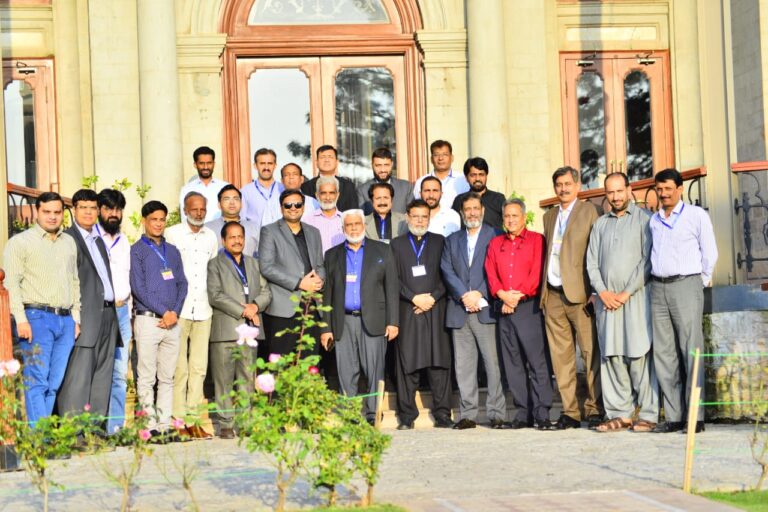ZAHID CHUGHTAI
Stakeholders reached a consensus that Pakistan urgently needs to improve agricultural practices to reduce post-harvest losses, which were estimated at around Rs 500 billion across major and minor crops last year.
Data reveals that staple crops are particularly affected, with wheat experiencing 9% post-harvest losses amounting to Rs 158.12 billion. Rice faced a 15% loss, incurring costs of Rs 79.75 billion. Corn also reported a 15% loss, leading to Rs 115.50 billion in losses. Potatoes suffered the highest percentage loss at 19%, costing Rs 142.27 billion, while hot pepper (green) losses at 15% amounted to Rs 0.75 billion.
The data also reveals that the country lost 2.53 million metric tons of wheat out of a total production of 28.16 million metric tons and 1.10 million metric tons of rice with a total output of 7.32 million metric tons.
These figures were shared by Sajid Mahmood, a member of Biotech and Seed Committee CropLife, at a media workshop arranged by CropLife Pakistan in collaboration with the Agricultural Journalists Association (AJA) Lahore on the topic of “Outlook of Agriculture in Pakistan.”
Sajid Mahmood highlighted that an annual loss of 40% is attributed to weeds, insects, and diseases, which could double without crop protection products. He provided a comparison of post-harvest losses in Pakistan and developed countries, noting that losses in cereals and oilseeds in Pakistan range from 8-12% annually, while in India, they are at 10-15%, compared to just 1-2% in the United States. In horticultural crops, losses are 35-40% in Pakistan, 30-40% in India, and only 20-23% in the U.S.
To improve post-harvest strategies in Pakistan, Sajid Mahmood suggested enhancing harvesting techniques, upgrading storage facilities with metal bins and silos, developing infrastructure for collection and distribution, implementing proper drying practices before market sales, and ensuring effective transportation with cooling and ventilation. He also stressed the importance of policy development to ensure farmers have access to credit.
He also called for developing a policy and ensuring farmers’ access to credits to overcome all these issues.
Muhammad Shoaib, another member of the Biotech and Seed Committee, discussed the Seed Act (1976), seed rules, Plant Breeders Act 2016, and other rules and regulations in Pakistan, stressing the need for further discussion and deliberation on seed regulations in the country. He suggested that the government should encourage research and development and technology introduction in the country by further facilitating the real R&D companies, rationalizing quantity per import permit (for importing seed for R&D purposes), and rationalizing the pest list.
Muhammad Asim, Biotech & Seed Committee Lead, discussed megatrends driving the need for increased productivity and enhanced sustainability. He said the population in South Asia will be over 2 billion by the year 2050, requiring 50% more food and feed. However, climate change is causing a 17% loss in crop production, and arable land has decreased by 20%. He said that the world needs to introduce climate-resilient crops and new solutions for growers and the introduction of customized outcome-based solutions to achieve the target food and feed.
He said regenerative agriculture is a new buzzword and, as compared to sustainable agriculture, it revolves around producing more and restoring more principles. It is aimed at supporting food security and securing farm incomes and livelihoods while also delivering net benefits to nature.
Earlier, CropLife Asia’s Executive Director Siang Hee and Pakistan’s Executive Director Rashid Ahmad spoke about CropLife and its work in different countries to improve productivity in the agricultural sector.

